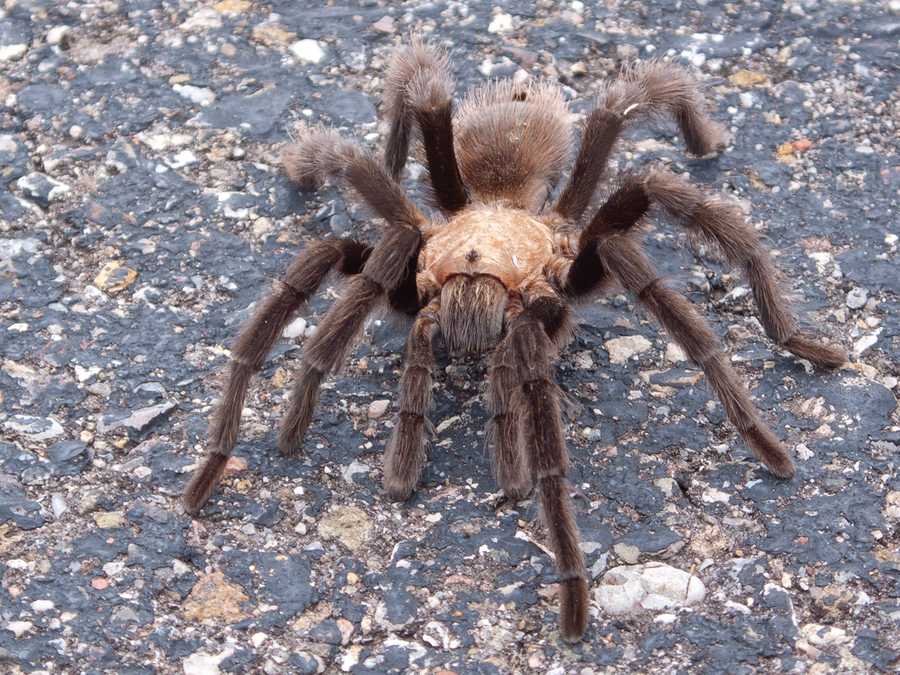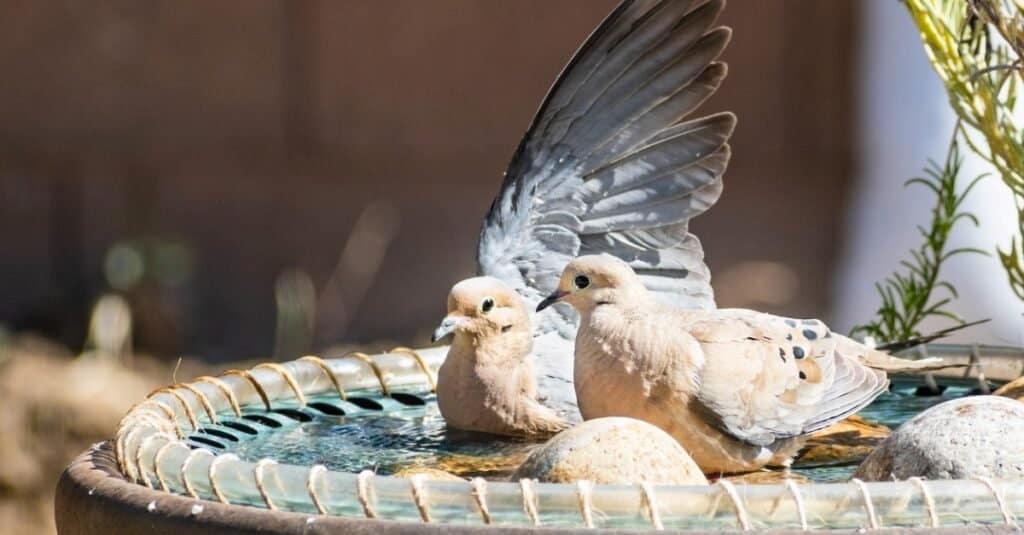The midwife toad is indeed a type of frog belonging to the family Alytidae.
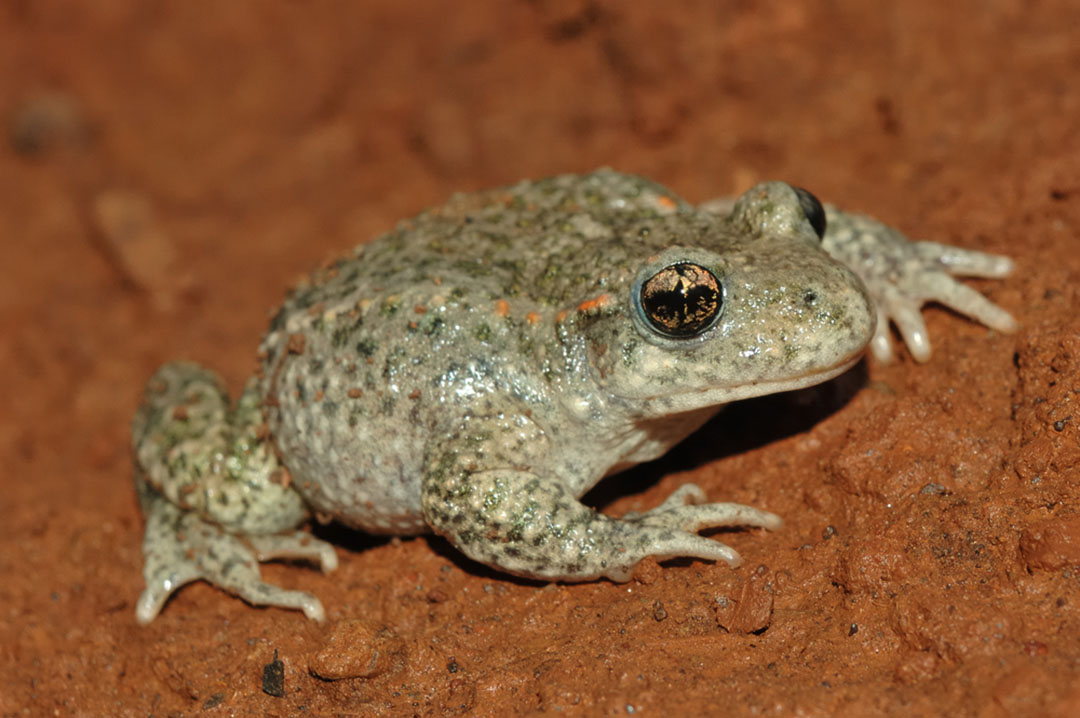
There are indeed 5 species of midwife toads that can be found in certain parts of north-west Africa, Europe, and Majorca.
Midwife toads inhabit a variety of habitats including forests, woodlands, gardens, rocky areas, and quarries.
They are well adapted to life in cold mountainous regions, thriving at altitudes of 5,000 to 6,500 feet, as well as in coastal regions.
Unfortunately, the population of midwife toads is declining due to habitat loss and the impact of a fungal disease called chytridiomycosis.
The common midwife toad is protected in countries like Germany and Switzerland to aid in conservation efforts.
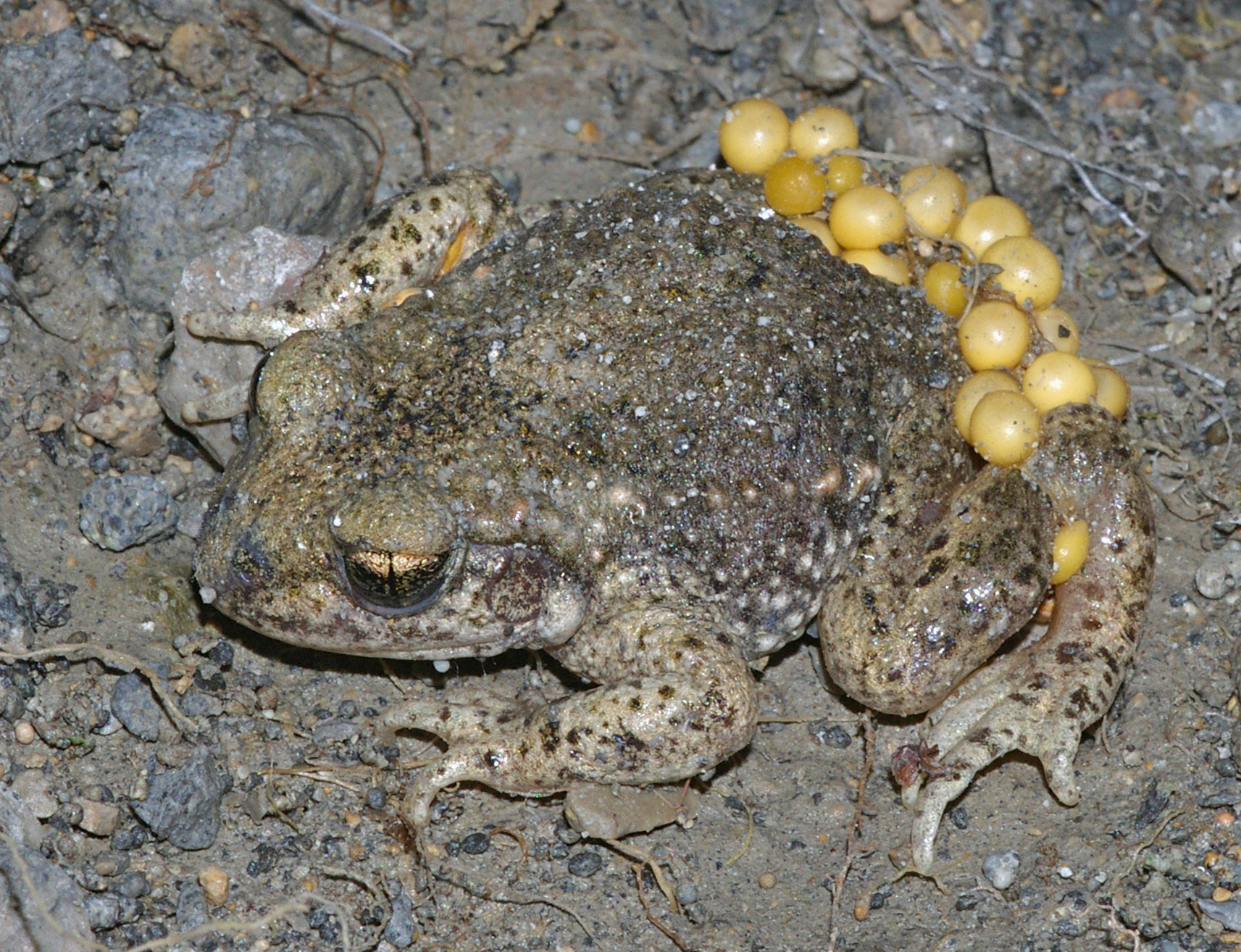
The midwife toad typically ranges from 1.25 to 2 inches in length.
Its dorsal surface is typically gray or grayish in color, while the belly tends to be cream white, often adorned with gray markings. The skin of the midwife toad is typically warty, and it secretes toxins from its skin on the back.
Physically, the midwife toad possesses a stout body, wide head, short legs, and short toes. Its eyes are golden with vertical pupils.
The feet of the midwife toad are partially webbed, as it primarily spends its life on solid ground.
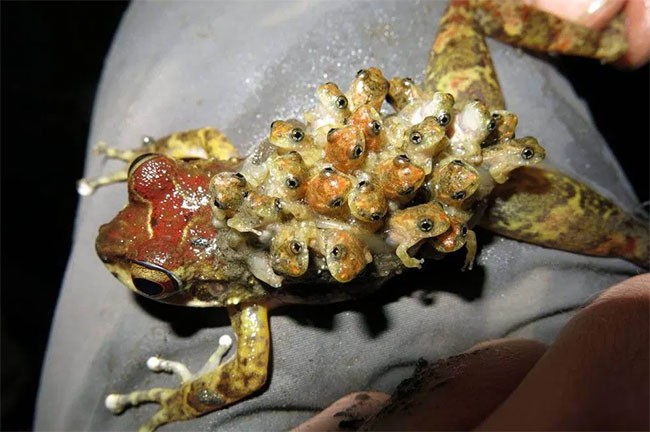
The Majorcan midwife toad possesses a flattened body, a specific adaptation for life in deep cavities and narrow crevices in rocks, where it typically seeks refuge.
The diet of the midwife toad varies with age. Tadpoles primarily feed on aquatic plants as herbivores, while adult toads, as carnivores, consume maggots, beetles, caterpillars, spiders, moths, worms, and millipedes.
During the winter months, midwife toads hibernate in underground burrows or abandoned burrows.
Adult midwife toads face few natural predators due to the potent toxins they secrete. However, tadpoles are vulnerable to predation by fish and larger insects.
Mating season for midwife toads occurs from February to August, during which males produce a bell-shaped sound to attract females.
Midwife toads engage in external fertilization, with the female releasing a series of eggs that the male fertilizes with sperm.
These toads are dubbed “midwife” due to the characteristic protective behavior of male toads, who guard and care for the eggs until they hatch.
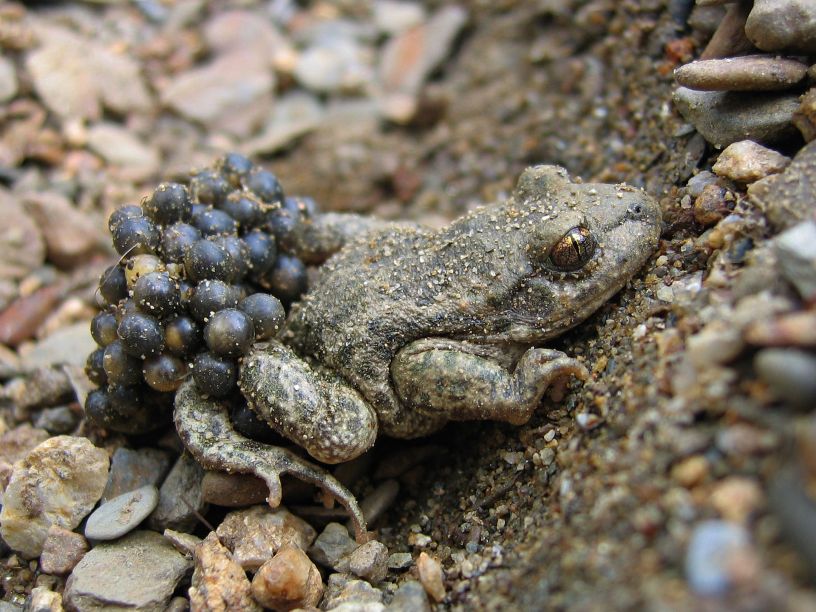
Males of midwife toads exhibit a unique parental behavior by carrying strings of fertilized eggs on their hind legs to protect them from predators.
When the eggs are ready to hatch, males release them into cool, stagnant water basins, where tadpoles emerge from the eggs and begin to swim.
Metamorphosis, the transformation of tadpoles into adult frogs, typically takes place over a period of 3 to 5 weeks, usually occurring in September or October.



